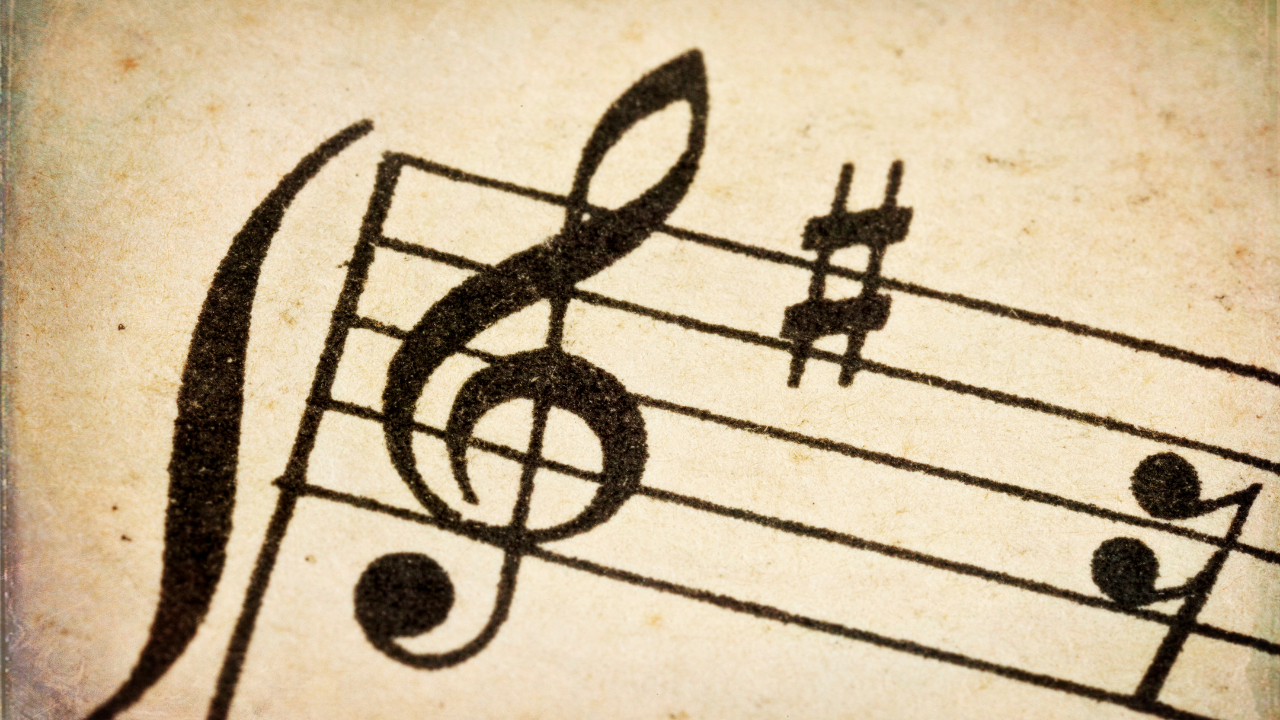Key Signatures
When we use a major scale to compose a piece of music, that piece of music is considered to be “in the key” of that major scale. For example, if we compose a melody using the notes of a C major scale exclusively, that melody is in the “key” of C major.
The melody to “Mary Had A Little Lamb” in the key of C Major, starting on the 3rd of the scale (E) and ends on the root of the scale (C). Notice that all of the notes used in the melody belong to the C major scale.
If we transpose that melody to another major scale, we can hear the same melody, but using the notes of a different scale. Below, you will see the same melody line, but this time using the E Major Scale.
The melody to “Mary Had A Little Lamb” in the key of E Major, starting on the 3rd of the scale (G#) and ends on the root of the scale (E). Notice that all of the notes used in the melody belong to the E major scale (E, F#, G#, A, B, C#, D#, E)
As we learned with the major scale, using sharps and flats can alter the notes of the scale, and therefore the “key” of a song. In certain keys, certain sharps and flats are used frequently. In order to determine the key of a piece of music, and to save the composer from writing each sharp and flat in the music, a Key Signature is used to automatically raise or lower certain notes in the song. Each key has a unique key signature determined by the notes used in the major scale.
D Major Key Signature
The D major scale, for example, contains the notes D, E, F#, G, A, B, and C#. By placing these two sharps at the beginning of the score, we know that we are playing a piece of music in the key of D major and that all the F notes and C notes written subsequently will be raised automatically to F# and C#. Notice that the sharps are written on the 5th line of the staff representing the note “F”, and 3rd space, which represents the note “C” to accurately indicate which notes are raised by the key signature.
Using Key Signatures
In the next example, you will see the D major scale written in two different ways. The first scale will indicate the individual sharps on each note of the scale, while the second example will use the key signature to designate which notes should be changed. Both of these scales should sound exactly the same, but are written differently.
Here, the D Major Scale is written with the sharps next to their respective notes.
The D Major Scale
Now, The D Major Scale is written with the Key Signature. Note the tablature locations of the notes in both examples are identical.
The D Major Scale with the Key Signature.
Sharp Keys
C Major
G Major
D Major
A Major
E Major
B Major
F# Major
C# Major
Flat Keys
C Major
F Major
Bb Major
Eb Major
Ab Major
Db Major
Gb Major
Cb Major























